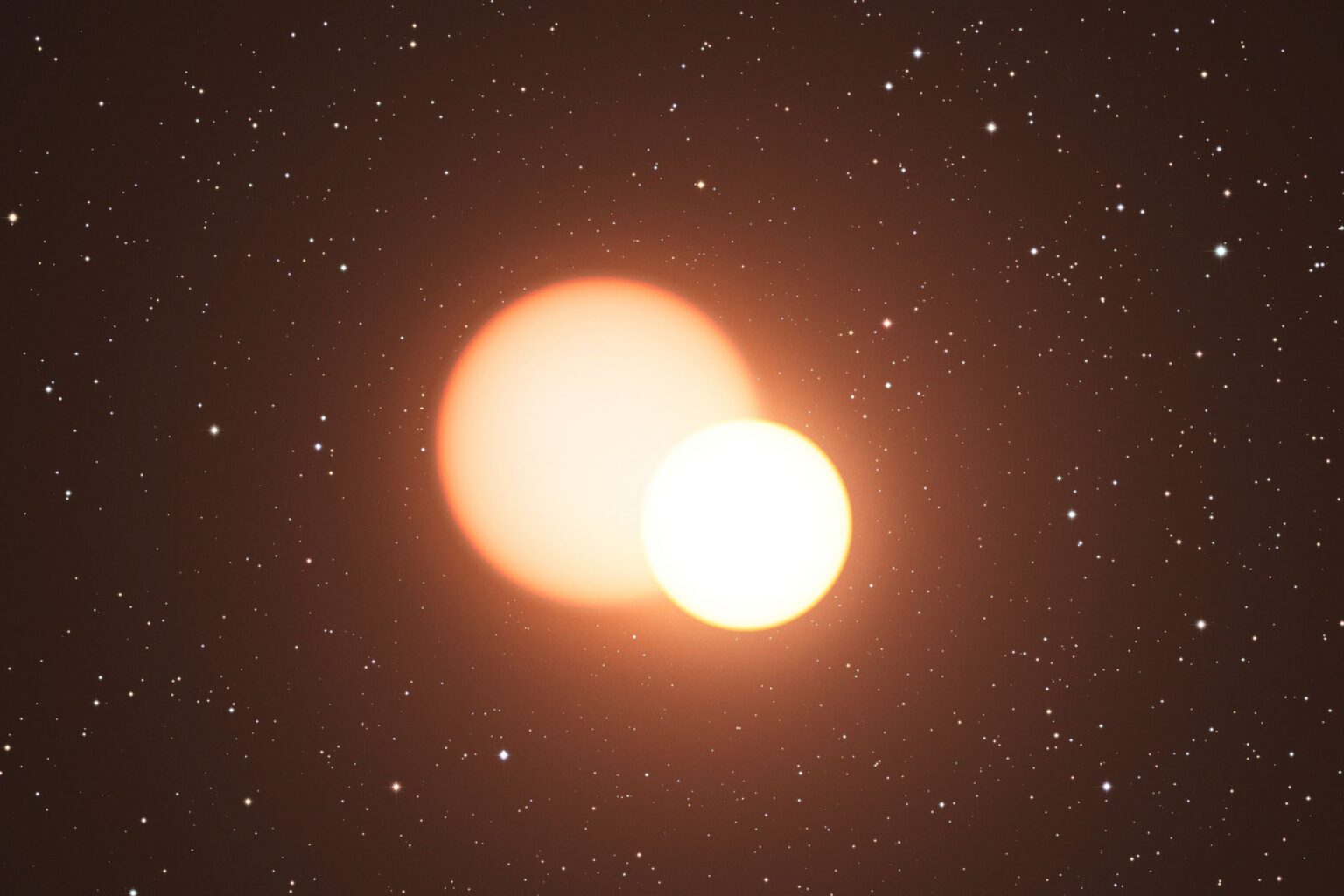XZ Ursae Majoris (or XZ UMa) is an Algol-type variable star. However, astronomers studying it have noticed additional pulsations. They indicate that the main component of this binary system is actually a rather unusual luminary.

Algol-type variable star
Scientists from the Korean Institute of Astronomy and Space Science Institute in Daejeon studied the variable star XZ UMa. They used the Echelle spectrograph of the Bohyunsan Observatory and the 1.8-meter telescope at the Bohyunsan Optical Astronomical Observatory. They found something unusual.
It is known about XZ UMa that it belongs to Algol-type pulsations. These systems got their name from Beta Persei, which is their bright and very famous representative. In fact, they are systems of two fairly large stars.
One of them is usually smaller but hotter, and the second is larger, colder and much more inflated. The luminaries orbit each other for several days and cover each other. Therefore, from the Earth, it all looks like a rather complex system of pulsations.
Binary variability
However, detailed studies carried out by scientists have shown that XZ UMa stands out even against the background of other pulsations, such as Algol. It consists of stars of spectral types A5 and F9. They orbit each other in 1.22 days, and matter flows from the colder to the hotter one.
However, scientists were not surprised by this. Data from telescopes, including the TESS orbital observatory, indicate that the system demonstrates at least 6 additional types of pulsations that come from the central luminary. It constantly changes its apparent magnitude by 0.016–0.021 units. All this indicates that it belongs to the Delta Scuti-type pulsator.
Pulsations of this type are very different from Algol. As a rule, these are hot giants that quickly change their size in a certain direction. They sometimes become flatter, then stretch out. Thus, XZ UMa is a pulsation of mixed type, which is not such a unique case, although it occurs infrequently.
According to phys.org
Follow us on Twitter to get the most interesting space news in time
https://twitter.com/ust_magazine


